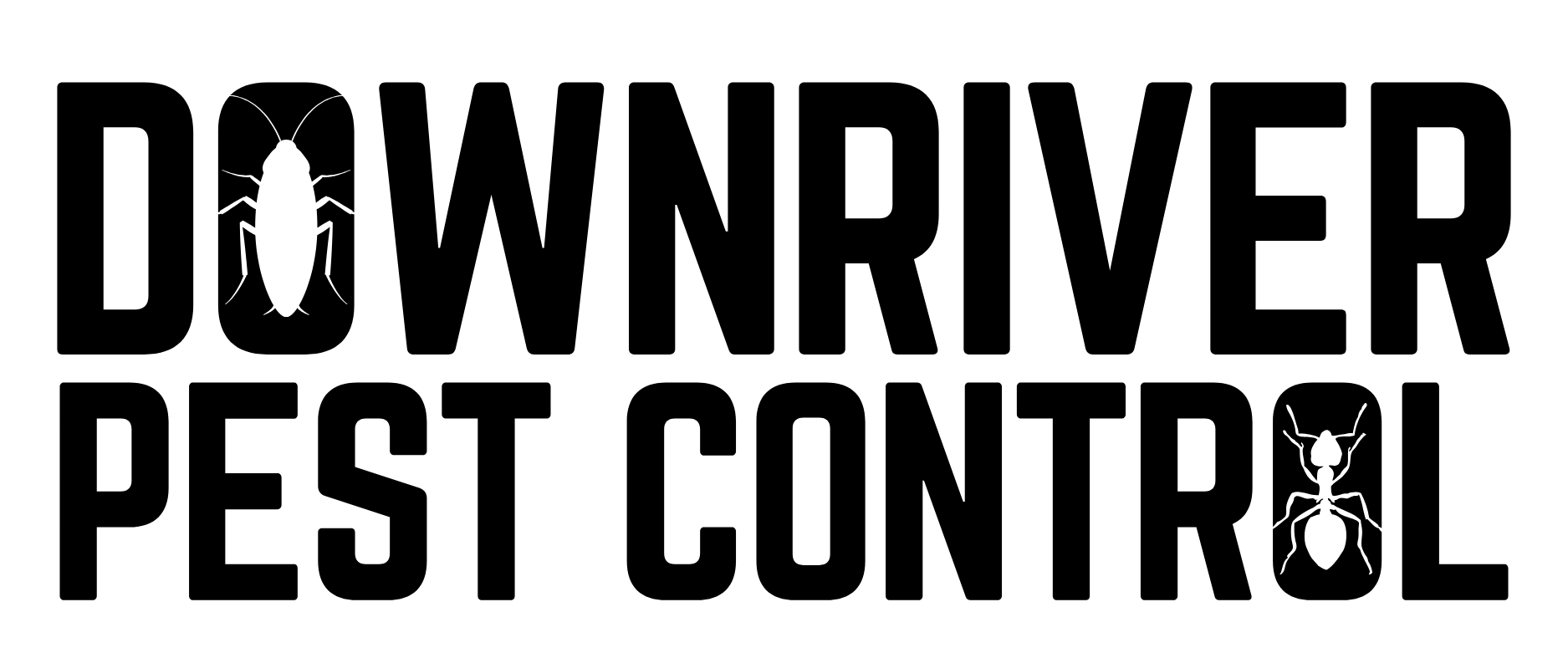
Centipedes
Contact Us
Facts About Centipedes
- Centipedes are arthropods, belonging to the class Chilopoda.
- They are not insects; they are more closely related to crustaceans and arachnids, like spiders and scorpions.
- Centipedes are elongated and have a segmented body with one pair of legs on each segment.
- Despite their name, centipedes do not have 100 legs. The number of legs varies by species but generally ranges from 30 to 354 legs.
- They have a venomous bite, primarily used for subduing their prey, which includes insects, spiders, and other small invertebrates.
- Centipedes are primarily nocturnal creatures, preferring to hunt and feed at night.
- They have a pair of modified front legs called forcipules, which contain venom glands and are used to inject venom into their prey.
- Centipedes are found in a variety of habitats, including forests, deserts, caves, and even urban areas.
- They are fast runners and use their speed to chase down their prey.
- Centipedes have poor eyesight and primarily rely on their antennae to sense their surroundings and locate prey.
- Some species of centipedes can regenerate lost segments and legs, making them quite resilient.
- Centipedes reproduce sexually, and the female lays eggs in soil or other suitable locations.
- After hatching, centipede juveniles resemble miniature adults and go through a series of molts as they grow.
- While centipedes are generally harmless to humans, their bites can be painful and may cause localized swelling and irritation.
- Centipedes play a role in controlling insect populations and are considered beneficial in ecosystems.
- The size of centipedes varies greatly among species, with some being just a few centimeters long and others reaching lengths of up to 30 centimeters or more.
- Centipedes are ancient creatures, with a fossil record dating back over 400 million years.
- In some cultures, centipedes are associated with superstitions and myths, often seen as symbols of fear or danger.
- The coloration and appearance of centipedes vary widely among species, with some being brightly colored and others more cryptic in appearance.
- Centipedes are often preyed upon by various animals, including birds, amphibians, and larger arthropods.
Remember that centipedes are a diverse group with thousands of species, so there can be variations in their characteristics and behaviors depending on the specific species.
How To Prevent Centipedes
- Seal Cracks and Gaps: Inspect your home for cracks, gaps, and openings in doors, windows, walls, and the foundation. Seal these entry points with caulk or weatherstripping to prevent centipedes from getting inside.
- Install Door Sweeps: Use door sweeps on exterior doors to create a barrier that centipedes can't easily crawl under.
- Screen Vents and Windows: Ensure that all vents, windows, and crawl space openings have tight-fitting screens to keep centipedes out.
- Eliminate Moisture: Centipedes are attracted to damp environments. Fix any plumbing leaks, address moisture issues in basements and crawl spaces, and use a dehumidifier if necessary to reduce humidity levels indoors.
- Clean Up Clutter: Reduce hiding spots for centipedes by decluttering storage areas, basements, and garages. Keep these areas tidy and well-organized.
- Remove Organic Debris: Clear away leaf litter, mulch, and other organic matter from around your home's foundation, as centipedes often hide in these materials.
- Trim Vegetation: Trim back shrubs and vegetation that come in contact with your home, as centipedes can use plants as bridges to enter.
- Store Firewood Properly: If you have firewood, store it away from your home and elevate it off the ground to discourage centipedes from taking shelter in the woodpile.
- Use Insect Screens: Make sure your windows and doors have insect screens that are in good condition to keep centipedes and other pests out.
- Clean Regularly: Keep your home clean and free of food debris. Centipedes are attracted to prey like insects, so reducing their food source can discourage them.
- Fix Leaky Pipes: Address any plumbing issues promptly to prevent moisture buildup that can attract centipedes.
- Install a Dehumidifier: In areas prone to high humidity, consider installing a dehumidifier to maintain lower moisture levels in your home.
- Natural Predators: Encourage natural predators like spiders and house centipedes (yes, they prey on other pests) to help control centipede populations.
- Professional Pest Control: If you have a severe centipede infestation, consult a professional pest control service to assess the situation and implement effective treatment.
- Inspect Outdoor Items: Before bringing outdoor items like potted plants indoors, inspect them for centipedes and other pests that may have taken refuge.
By implementing these preventive measures, you can reduce the chances of centipedes entering your home and create an environment that is less attractive to them.

